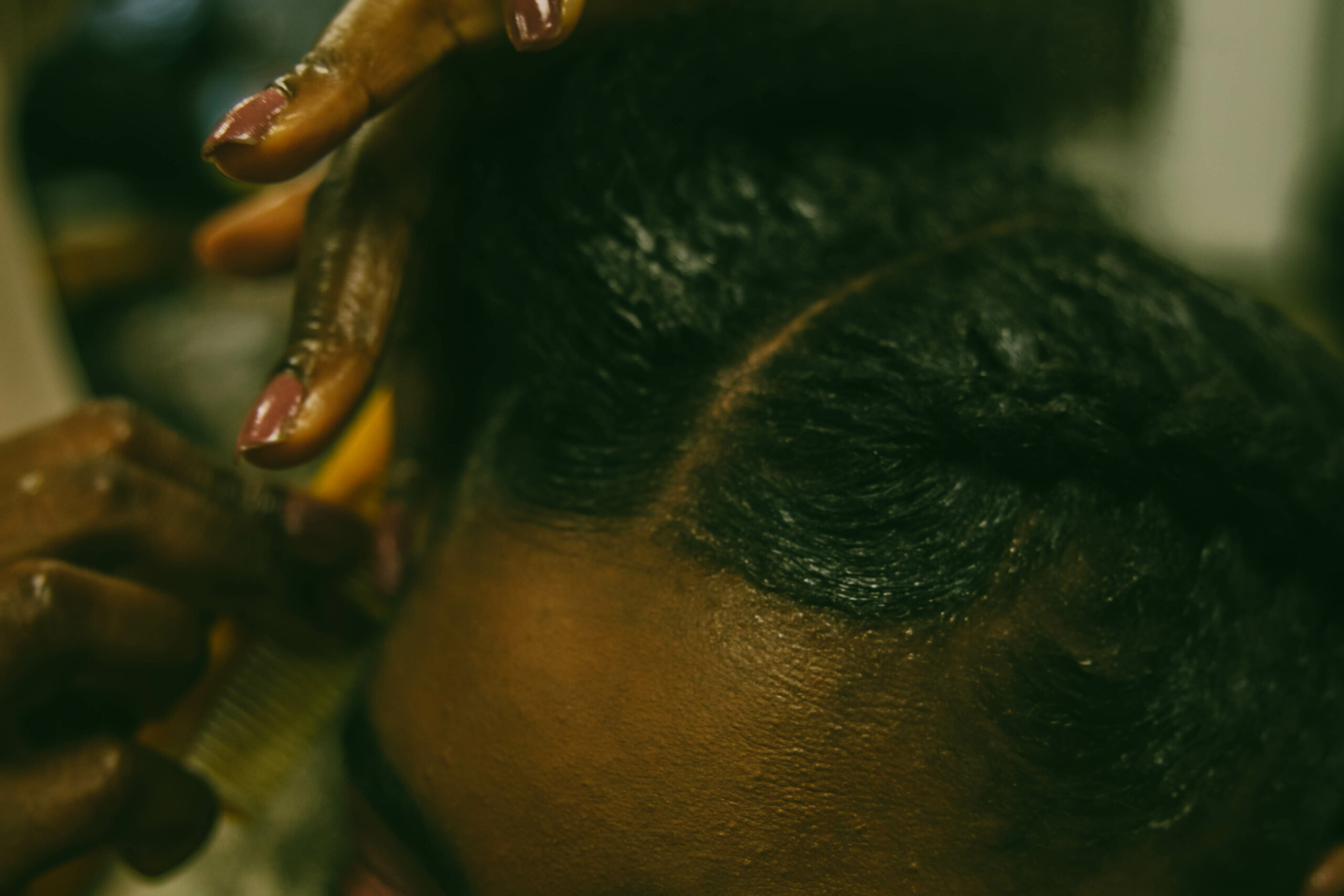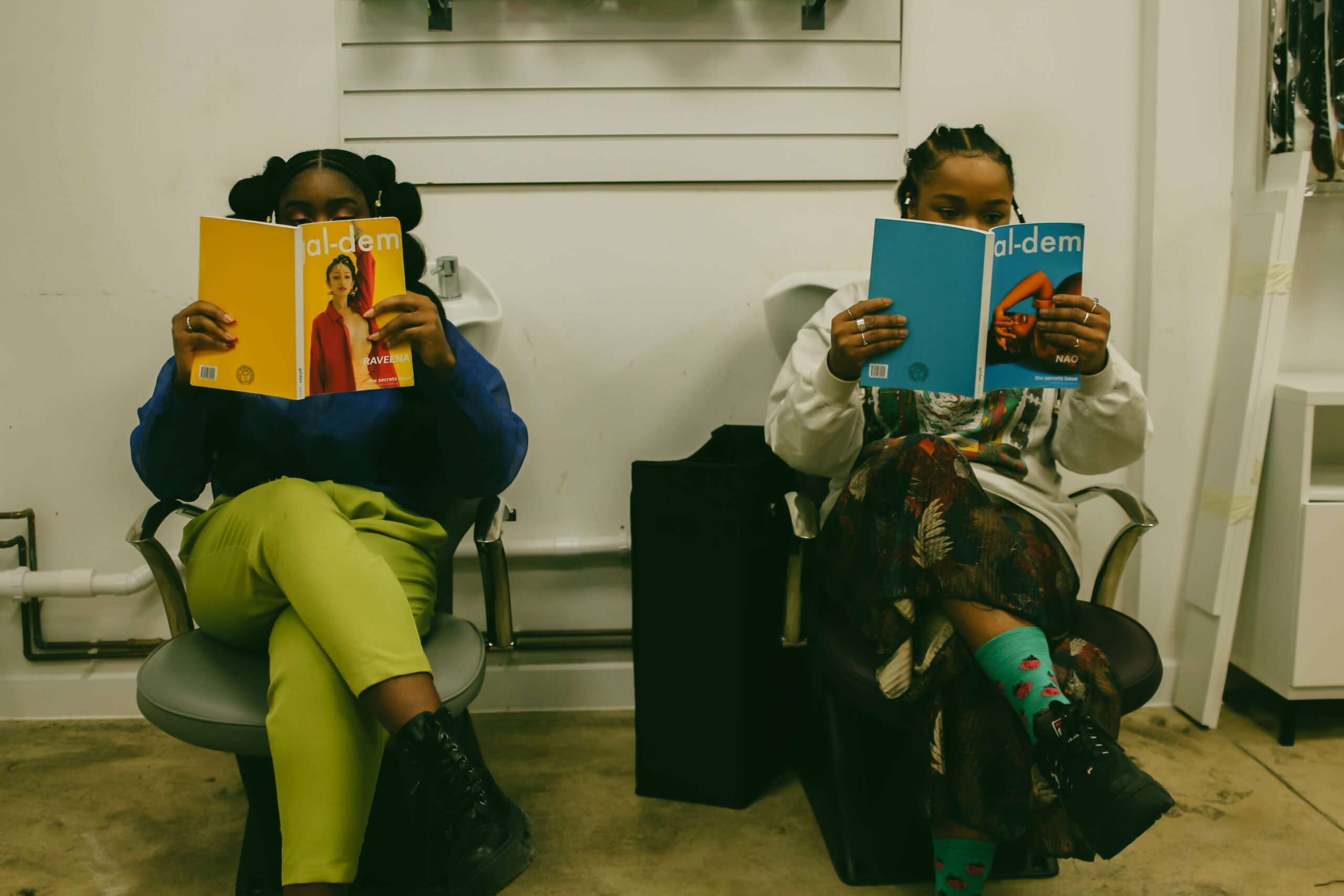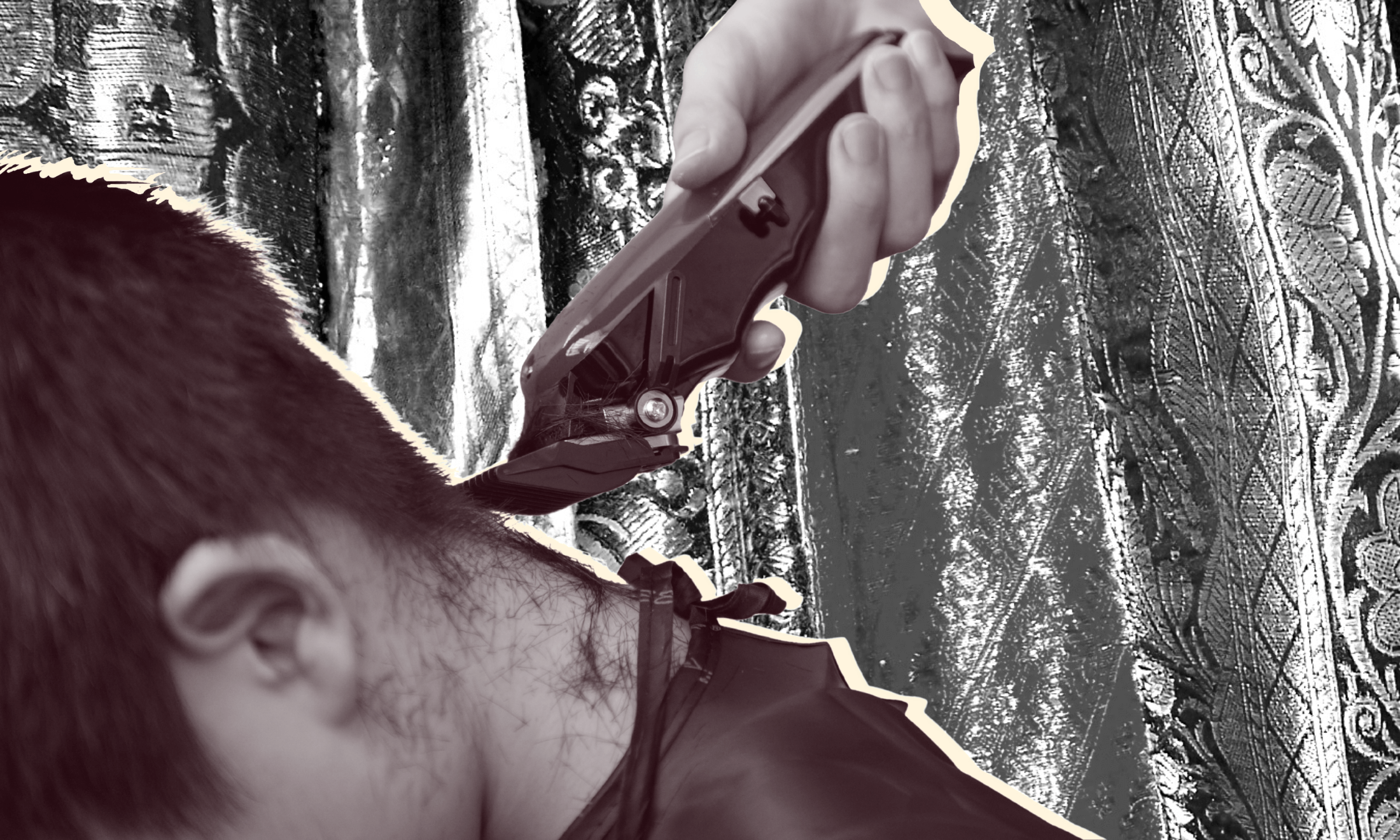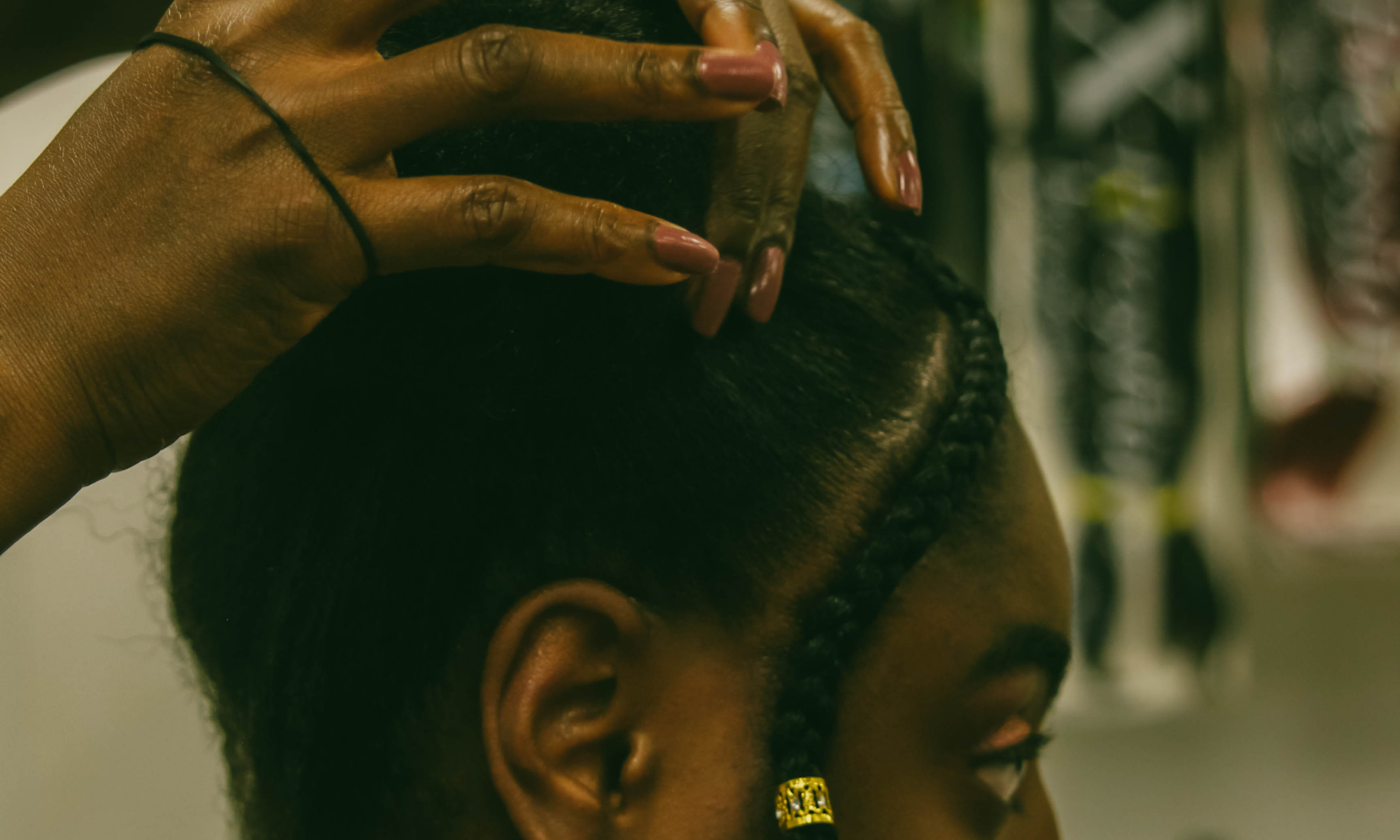Through her bold, unapologetic hair, Kelis helped me discover who I am
As a young Black girl who in many ways did not fit in, I saw Kelis as a way out – a version of myself I could be in 10 years time.
Haaniyah Angus
15 Oct 2021

Anu Ambasna
The first time I ever asked my mother to dye my hair was when I was 15. This was 2014, the year of the moustache shirts, galaxy print leggings and dip-dyed hair. It was the early age of Instagram and the heyday of Pinterest. Teenage me revelled in the creativity I saw so many around me engaging with, as they dyed their hair repeatedly and without worrying about the consequences of what others may think.
My mother’s response was one of surprise – she asked why I would want to harm my hair with bleach, even though I wore a hijab and nobody would see it. Somewhat ironic considering as a kid she or one of my aunties (her friends) would straighten my hair into oblivion. But I was adamant: if my hair had not been mine for the first half of my life I wanted to enter 16 feeling as if I had some control over it for once. After begging for months my mother agreed, and she let me dip-dye my hair into a honey blonde (think Ciara). It was nothing like the colour I’d dye my hair now, but even that small step into change was more than enough for me.
“My hair colour is ultimately tied to my state of being, my current mental health status and dictated by the niche fashion trends I hyperfixate on for that season. But there has always been one specific inspiration behind it – Kelis”
I have rarely felt comfortable in my body, being fat as both an adolescent and an adult with the added insight into extreme body type yo-yoing has left me looking into the mirror only to see a question mark staring back at me. But atop of that question mark lies my hair, in its bright glory and somewhat damaged health, it exists as a pure representation of myself. My hair colour is ultimately tied to my state of being, my current mental health status and dictated by the niche fashion trends I hyperfixate on for that season. But there has always been one specific inspiration behind it – Kelis.
As I sit here writing this piece, my hair currently resembles Kelis in her 1999 music video for ‘Caught Out There’, the lead single for her debut album Kaleidoscope. The blonde mixed with tones of baby pink, fuchsia and red have always lived in my mind since I first saw that video as a child scrolling along on YouTube. Kelis standing there while confessing her deepest fears and broken heart to an unseen therapist might’ve gone over my head when I was 8, but the way she looked certainly didn’t. It captivated me seeing her not only have her hair proudly out and natural (something I rarely was allowed to do as a child), but she also seemed to use her hair as an extension of herself. In colour theory, tones of red represent anger, passion, rage, desire and love, all of which can be seen within the music video and its subject matter.
In ‘Good Stuff’ (1999), the second video released for Kaleidoscope, Kelis is seen sporting green and blue hair, a sudden shift from the colours of the previous video. The song is Kelis’ way of telling her popular crush that she’s the girl for him and that nobody else can love him the way she does. The colours of green represent perseverance, jealousy and inexperience, whilst blue represents confidence and security. These two combatting hues find their place not only on her hair but in the music video, in which she has women actively being depicted as jealous and competing for the interest of the superstar in question.
“Kelis showed me that hair should be fun, we should experiment with it and nobody should be allowed to take that from you or make you feel as if your hair cannot be your own”
Going from colours such as pink to green might seem drastic to some, but for Kelis, it feels like second nature. I’m not sure if Kelis at the time thought as deeply into her hair choices as I do, perhaps she did understand that hair and its depiction can resonate with people – or perhaps she simply liked the colour and how it resembled her cover art for the Kaleidoscope album. But either way, what I took from it was that hair should be fun, we should experiment with it and nobody should be allowed to take that from you or make you feel as if your hair cannot be your own.
To look back and see that from one of my favourite artists feels affirming. My emotions are so thoroughly tied to the idea of my hair that not using it in that way feels unnatural to me. Kelis is often cited (by herself as well) as one of the first Black girls to scream on a track and an early example of alternative fashion in Black spaces. She is the inspiration behind artists like BbyMutha and NAO, and for many other Black women that view themselves as alternative to some degree. As a young Black girl who in many ways did not fit in, I saw Kelis as a way out – a version of myself I could be in 10 years time. I’m proud to say to some degree that I’ve become that.
Last year I began dying my hair outside of what would be deemed natural colours, lockdown seemed to give me the perfect chance to do so. I’ve gone from silver, purple to bright orange, to baby blue to the green of ‘Good Stuff’ and now to the blonde and pink of ‘Caught Out There’. Watching Kelis’ music videos back I feel a sense of accomplishment that I have become as weird and creative as she has always been. Kelis is an icon and she has helped me discover who I am.









